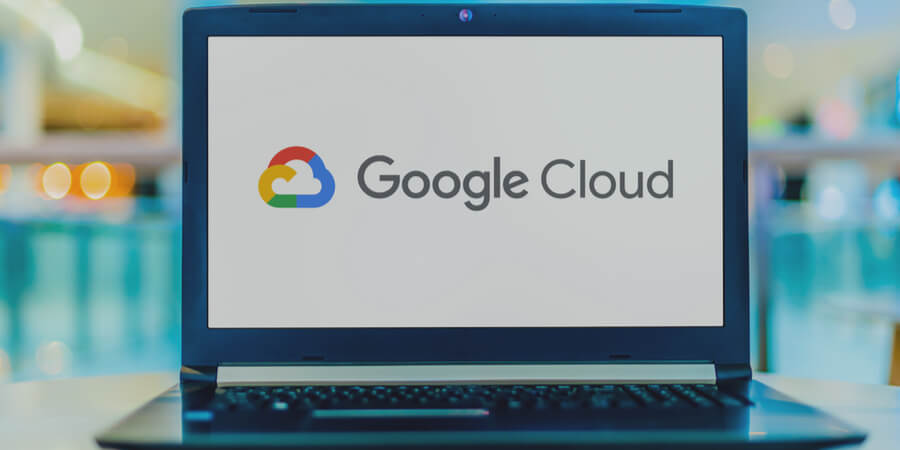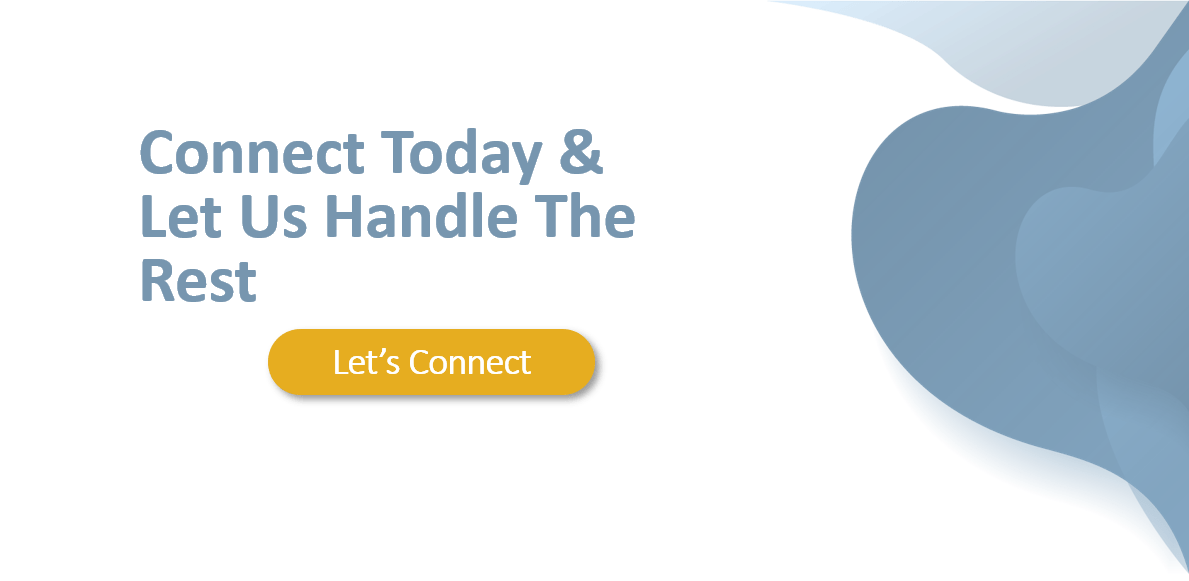With DevOps and “you build it, you own it,” the modern startup’s tech stack has evolved significantly. Hundreds of dev tools have been released in the last decade, completely changing how developers manage their workloads. At Neuronimbus, we recently evaluated this landscape, and this is our opinionated guide.
GCP
You can’t go wrong with any of the three major clouds (AWS, Azure, GCP). They all have the full feature set required by a business of any size. There are still a few factors that could influence your decision:
Regions
Not every cloud provider is available in every region. GCP, for example, is unavailable in Africa. So, if you need to deploy your application in a specific region, make sure the provider you choose offers the full suite of their offerings in that region.
ML/AI
GCP has a fantastic set of offerings centred on ML. I’ve met many CTOs who began with other clouds but migrated partially or completely to GCP due to some of its ML capabilities.
GCP wins by a slim margin, in my opinion, thanks to a better UI and native observability tools.
Serverless, PaaS, or k8s?
-
- There are several limitations to PaaS Serverless (AWS Lambda, GCP Cloud Functions). Likely, you’ll soon run into these limitations, forcing you to use something else for some of your infrastructures.
- Kubernetes (k8s) is extremely powerful but difficult to set up and manage. As a result, only use this if you are familiar with k8s.
- If you don’t want to deal with Kubernetes at first, managed PaaS (AWS Beanstalk, AWS GAE) could be a good place to start. For most startups, they provide the ideal balance of flexibility and usability.
Microservices vs. Monolith: Microservices
After a certain scale, you’ll need to move to microservices. There are many tools available now that make this migration easier (Docker, Kubernetes, APMs, request tracing), so more and more startups are migrating to microservices sooner. However, microservices still necessitate a larger upfront DevOps investment to set up all the necessary tooling and visibility. If you have the resources and know-how, you should invest in microservices sooner rather than later.
CI/CD: CircleCI
There are currently more than 25 CI/CD tools on the market. I have not used or researched all of them, but only the most well-known. Two, in particular, stand out:
-
- CircleCI: One of the most popular CI/CD platforms is CircleCI. It’s simple to get started and scales well to your needs. However, on a large scale, this may become prohibitively expensive.
- BuildKite: If the cost of CircleCI becomes an issue for you, BuildKite would be a good place to migrate to. It offers infinite configurability while remaining relatively simple to use.
Conclusion
Today, Datadog is the clear winner in the observability tooling market. It combines APMs, infrastructure monitoring, custom metrics, request tracing, and logging into a single solution. The integration is extremely simple, and the user interface outperforms the competition.
Q. What is a Tech Stack?
A. A tech stack is a combination of software products and programming languages used to create a web or mobile application. It includes both front-end and back-end components like frameworks, languages, and software products.
Q. How Do I Choose the Right Cloud Service Provider?
A. Consider factors like regional availability, specific feature sets (e.g., ML/AI capabilities), pricing, scalability, and support. Compare major providers like AWS, Azure, and GCP to find the best fit for your business needs.
Q. What Are the Benefits of Using GCP for ML/AI?
A. Google Cloud Platform (GCP) offers advanced ML/AI tools with user-friendly interfaces and native observability tools, making it a popular choice for businesses focusing on machine learning applications.
Q. Serverless vs. Kubernetes: Which Should I Choose?
A. Serverless is suitable for simpler applications with limited requirements. Kubernetes offers more power and flexibility but requires more setup and management. Your choice depends on your team’s expertise and the application’s complexity.
Q. When Should a Startup Consider Switching to Microservices?
A. Startups should consider microservices once they reach a scale where monolithic architectures become limiting. Early investment in microservices can be beneficial if you have the necessary DevOps resources.
Q. What is CI/CD and Why is it Important?
A. Continuous Integration/Continuous Deployment (CI/CD) is a method to frequently deliver apps to customers by introducing automation into the stages of app development. It’s crucial for improving code quality and deployment frequency.
Q. Which CI/CD Tools Are Recommended for Startups?
A. CircleCI is user-friendly and scalable, suitable for most startups. BuildKite is an alternative for larger scale operations, offering extensive configurability.
Q. What Should a CTO Consider When Building a Tech Stack?
A. A CTO should assess the business’s specific needs, scalability, team expertise, budget constraints, and long-term goals. It’s crucial to balance current capabilities with future growth potential.
Q. How Does Datadog Enhance Observability in Tech Stacks?
A. Datadog provides an integrated solution combining APMs, infrastructure monitoring, custom metrics, request tracing, and logging. It’s known for easy integration and an excellent user interface.
Q. What Are the Key Considerations for PaaS in Tech Stacks?
A. When considering PaaS, evaluate the ease of deployment, scalability, support for languages and frameworks you use, integration capabilities, and cost-effectiveness



